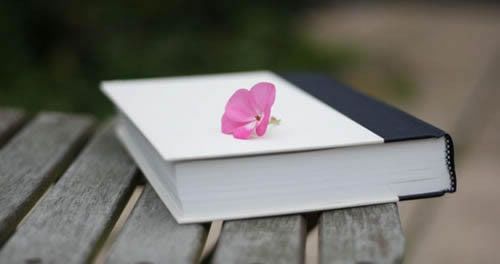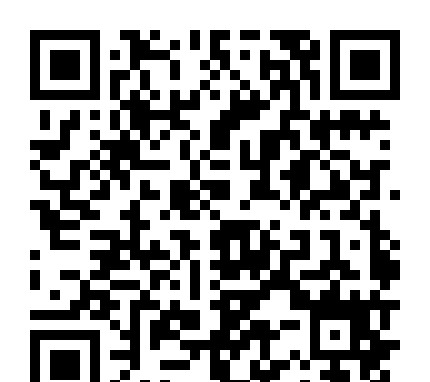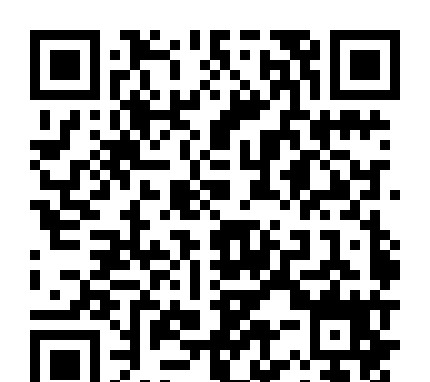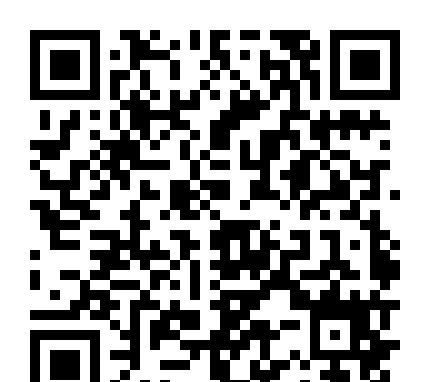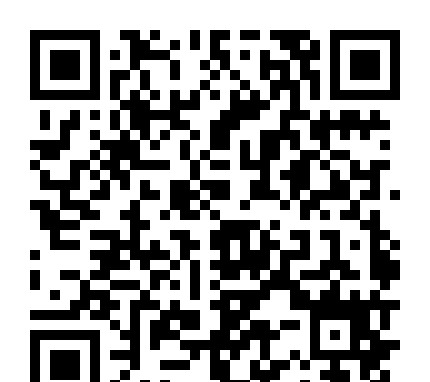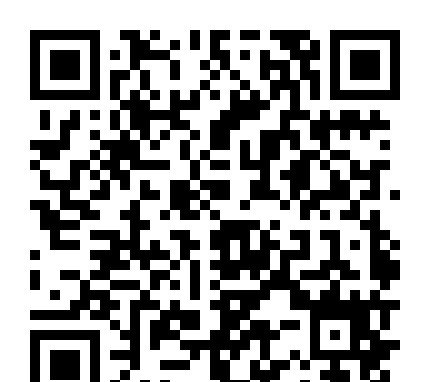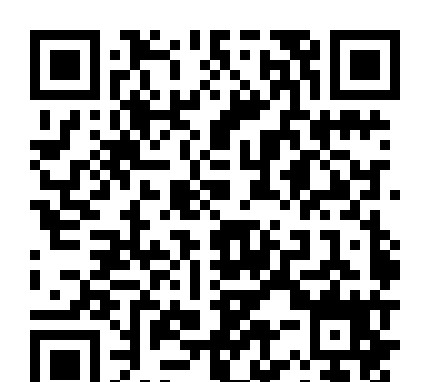职称英语卫生类阅读判断16
|
PASSAGE 16 Bees and Colour On our table in the garden we put a blue card, and all around this blue card we put a number of different grey cards. These trey cards are of all possible shades of grey and include white and black. On each card a watch-glass is placed. The watch-glass on the blue card has some syrup in it; all the others are empty. After a short time bees find the syrup, and they come for it again and again. Then, after some hours, we take away the watch-glass of syrup which was on the blue card and put an empty one in its place. Now what do the bees do? They still go straight to the blue card, although there is no syrup there. They do not go to any of the grey cards, in spite of the fact that one of the grey cards is of exactly the same brightness as the blue card. Thus the bees do not mistake any shade of grey for blue. In this way we have proved that they do really see blue as a colour. We can find out in just the same way what other colours bees can see. It turns out that bees can see various colours, but these insects differ from us as regards their colour-sense in two very interesting ways. Suppose we train bees to come to a red card, and, having done so, we put the red card on the table in the garden among the set of different grey cards. This time we find that the bees mistake red for dark grey or black. They cannot distinguish between them. This means that red is not a colour at all for bees; for them it is just dark grey or black. That is one strange fact; here is another. A rainbow is red on one edge, violet on the other. Outside the violet of the rainbow there is another colour which we cannot see at all. This colour beyond the violet, invisible to us, is called the ultra-violet. Although it is invisible, we know that the ultra-violet is there because it affects a photographic plate. Now, although we are unable to see ultra-violet light, bees can do so; for them ultra-violet is a colour. Thus bees see a colour which we cannot even imagine. This has been found out by training bees to come for syrup to various parts of a spectrum, or artificial rainbow, thrown by a prism on a table in a dark room. In such an experiment the insects can be taught to fly to the ultra-violet, which for us is just darkness. 1. The experiment with bees described in the first and second paragraphs tell us that bees regard blue as a colour. A. True B. False C. Not mentioned 2. The third paragraph tells us that bees also regard red as a colour. A. True B. False C. Not mentioned 3. The experiment described in the second paragraph aimed to find out that bees are not able to see grey as a colour. A. True B. False C. Not mentioned 4. An artificial rainbow was created for the experiment to see whether bees can recognize the ultra-violet as a colour. A. True B. False C. Not mentioned 5. The fourth paragraph tells us that bees may be harmed by ultra-violet light. A. True B. False C. Not mentioned 6. We can conclude from the passage that bees recognize colours in the same way as human beings. A. True B. False C. Not mentioned 7. Bees are more sensitive to colours than human beings. A. True B. False C. Not mentioned KEY: ABBACBC |

